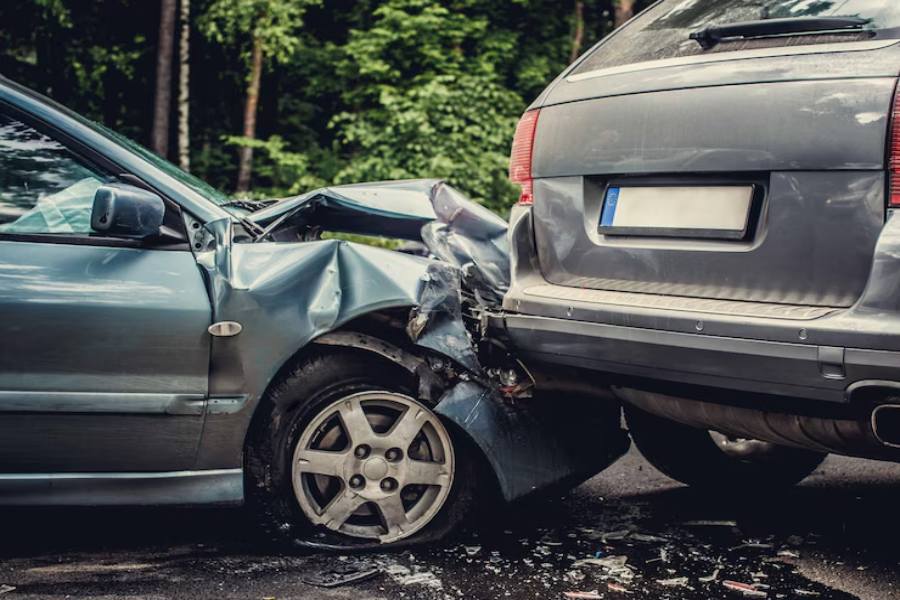Motorists who take off after collisions leave more than debris—they set off waves of distress, unanswered questions, and courtroom fights. Highlighting both ethical fallout and legal consequences of dashing helps change how people react. From roadside posters to precise internet ads, each variation underlines how vital it is to own up and why it is a decent thing to do.
Harnessing Media to Raise Awareness
Radio spots and viral social posts can reach broad audiences as they tune into news shows or scroll through feeds, planting ideas that later shape their actions. Repeating a catchy phrase like “Stop, stay, help” can further make the idea stick. Ads that target emotions also make a huge impact. Clips showing the aftermath of a collision, or personal stories from those left in limbo can cut through the daily noise. When these pop up in different spots, they remind people that it causes real harm to real lives.
Grassroots Efforts That Drive Change
Neighborhood groups and local volunteers often influence their block more than national pushes. By running hands-on sessions or teaming up with cops to show what happens when someone bolts, organizers help spark everyday conversations about the issue. When residents learn how to spot signs of a crash-and-run or feel safe reporting what they see, everyone becomes more alert. With time, a sense of shared duty grows, leaving a collision site becomes something the whole area frowns upon.
Introducing Safe-Driving Lessons in Schools
Kids start forming ideas about driving long before they get a license. Schools are therefore the perfect place to plant lessons about following rules and caring for others on the road. Classes that talk about traffic laws, community duty, and what happens if a driver takes off shape minds way before individuals ever sit behind a wheel. Hands-on activities, like simulated crosswalks or mock driving scenarios, further help students grasp the real-life impact of their choices.
Teaming Up With Local Police and Professionals
When police units join forces with public messaging efforts, both sides get stronger. Officers know firsthand how often these events happen and why people flee, while outreach teams can help spread such information far and wide. Working together means the same warning reaches people from both a trusted badge and a friendly community voice. Joint steps should include neighborhood patrol talks, interviews where officers break down what happens after running, or visible announcements featuring local cops.
For neighborhoods like Summerville and Sand Hills, getting an Augusta hit-and-run accident lawyer on board can be a great idea. An experienced attorney can help explain the legal fallout of fleeing the scene, and can also serve as a key contact for local families when an incident occurs.
Endnote
Getting everyone to follow the honest path can be tough. Fortunately, community outreach drives quickly bring neighborhoods closer to this goal. By keeping messages clear, involving local voices, and teaming up with trusted figures, it becomes easier to highlight the right choice.


